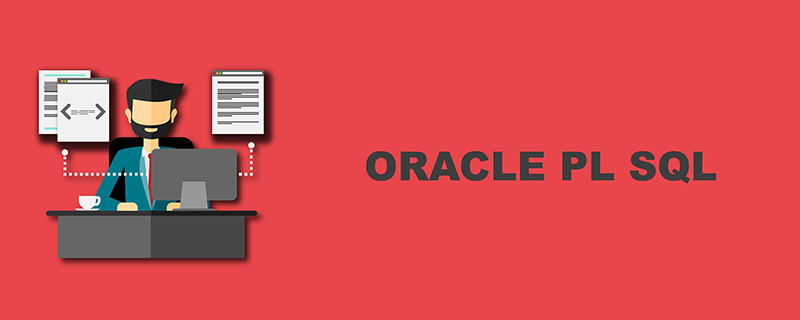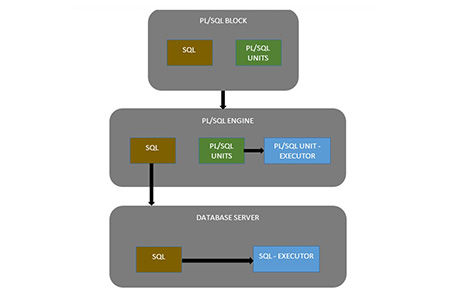PL/SQL is an extension of Structured Query Language (SQL); unlike SQL, it allows programmers to write code in a procedural format. It combines the data processing capabilities of SQL with the processing capabilities of procedural languages to create super powerful SQL queries. The following article will introduce you to PL/SQL. I hope it will be helpful to everyone.

A brief introduction to PL/SQL
PL/SQL is a high-level structure ized and readable language. Its construction clearly expresses the intent of the code. Furthermore, PL/SQL is a straightforward language to learn.
PL/SQL is the standard and portable language for Oracle database development. If the program is executed on an Oracle database, it can be quickly moved to another compatible Oracle database without any changes.
PL/SQL is an embedded language. PL/SQL can only be executed in Oracle database, PL/SQL programs cannot be run on systems without Oracle database.
PL/SQL is a high-performance, highly integrated database language. In addition to PL/SQL, other programming languages such as Java, C#, and C can also be used. However, when interacting with Oracle databases, it is easier to write efficient code in PL/SQL than in other programming languages.
PL/SQL architecture
PL/SQL architecture mainly includes three components. Let’s take a brief look at them:
PL/SQL block structure
1. Block is the basic unit of programming in PL/SQL. It encapsulates a set of executable statements to complete the programmer's business needs. .
2. It includes different parts for logically dividing the code (declaration part for declaration purposes, execution part for processing statements, exception handling part for handling errors).
3. It also contains SQL instructions for interacting with the database server.
4. All PL/SQL units are considered as PL/SQL blocks, which is the initial stage of the architecture as the main input.
PL/SQL engine
1. The PL/SQL engine is the component that performs actual code processing.
2. It is responsible for compiling PL/SQL code into bytecode and executing executable code;
3. It can be installed in database servers and application servers.
4. The PL/SQL engine separates the PL/SQL unit and the SQL part in the input; the separated PL/SQL unit will be processed by the PL/SQL engine itself.
5. It will send the SQL part to the database server, where the actual interaction with the database occurs.
Note: The PL/SQL engine can only be installed in application development tools such as Oracle database server or Oracle Forms.
Database Server
1. The database server is the most important component in the Pl/SQL unit that stores data;
2. It is executed by SQL It consists of a processor that parses the input SQL statement and performs the same operation.
3. The PL/SQL engine uses SQL in the PL/SQL unit to interact with the database server.
Below is a graphical representation of the PL/SQL architecture.

Characteristics of PL/SQL
1. By executing SQL statements in batches Provides high performance not individually, thus avoiding call overhead.
2. Create complex business logic into a single program unit, thereby promoting encapsulation and productivity.
3. Integrate SQL very tightly, thereby reducing maintenance and complexity.
4. Complete portability - PL/SQL code written in one operating system can be successfully migrated to another operating system running Oracle.
5. Support high security through the encryption and decryption logic provided by Oracle's built-in software package.
6. Interaction with other programming languages.
7. Applications written in PL/SQL can be transplanted on any platform that supports Oracle.
8. Context switching overhead can be avoided by using advanced PL/SQL concepts such as batch collection and FORALL.
9. Implement object-oriented programming concepts, such as overloading.
The above is the entire content of this article, I hope it will be helpful to everyone's study. For more exciting content, you can pay attention to the relevant tutorial columns of the PHP Chinese website! ! !
The above is the detailed content of What is PL/SQL? A brief introduction to PL/SQL. For more information, please follow other related articles on the PHP Chinese website!